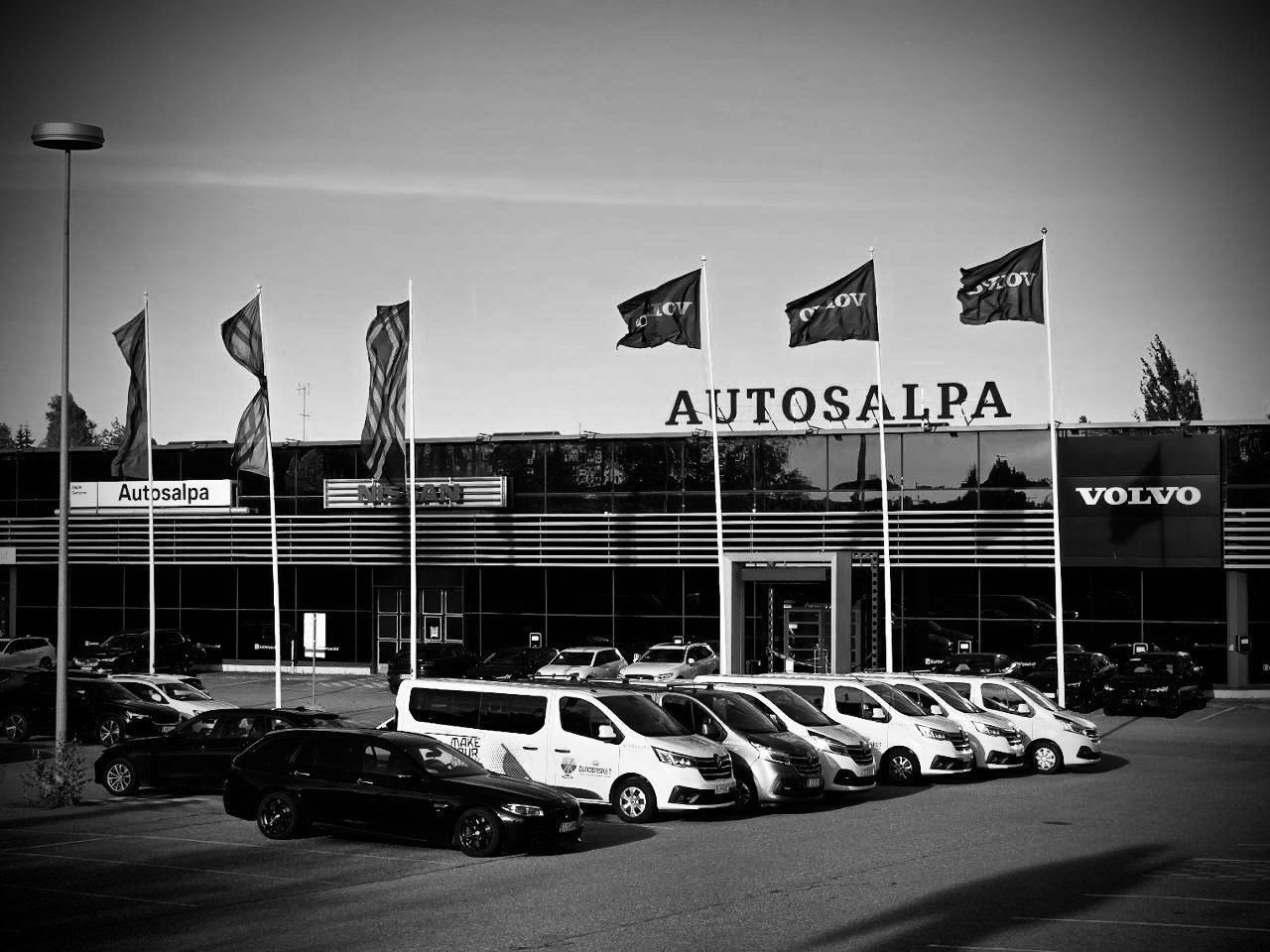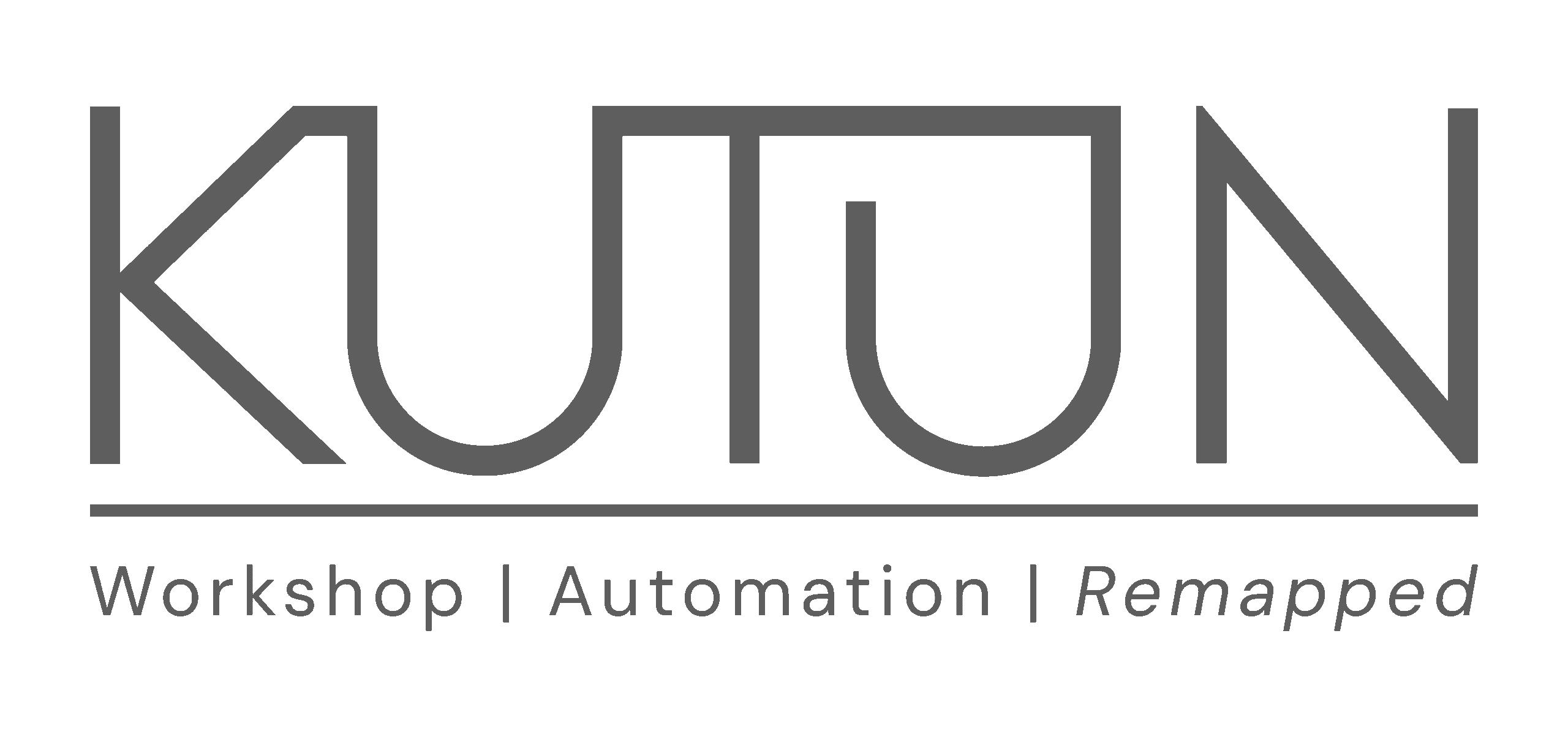”“Right now, things are so busy that I can’t even think about a new project.”
Every Head of Real Estate in Automotive industry
With us, time is never a good excuse
We’ve made the KUTUN Remap onboarding as simple and effortless as possible.
For Autosalpa’s Head of Real Estate, the entire project took hours, not weeks.
Here’s a behind-the-scenes look: this is how we carried out the KUTUN Remap integrations across Autosalpa Oy’s six dealerships — in about one month and roughly 300 work hours.
Step 1 — Site Assessment
-
Current condition of each location
-
Automation systems in place
-
Other equipment
-
Energy consumption
We created a Bang for the Buck list → identifying the sites with the greatest savings potential, so the money saved could later be reinvested in upgrading older sites.
Step 2 — Planning & Preparation
Right after signing the contract:
-
We gathered floor plans for all six sites
-
We obtained authorizations to work directly with Fidelix and other partners
-
We drafted a clear installation and integration plan
With all data in hand, we moved into pre-installation planning — ordering hardware, reviewing the existing BMS systems, and beginning to build the API integration.
”For Autosalpa’s Head of Real Estate, the entire project took hours, not weeks.
Step 3 — Pre-Build & Testing
Once the hardware arrived, we built the main control cabinets for each site and tested the network at our office.
Each dealership received a package that included not only the devices, but also:
📍 A location map → showing exactly where components would be installed
📄 A checklist → what to pay attention to on-site
🛠️ Additional info → local HVAC contractors, equipment rentals, accommodations, and other useful contacts
Our loyal Transporter van was packed with everything we could possibly need — ready for any situation.
Step 4 — On-Site Installations
Thanks to thorough preparation, we completed the physical installations across all six sites in just five days.
The installation days were intense — sometimes working late into the night to stay on schedule without disrupting daily operations.
Meanwhile, another team worked at the office:
-
Building and testing systems in real time
-
Ensuring everything worked flawlessly the first time
Step 5 — Seamless Coordination
At the heart of the project was our operational management team, responsible for:
-
Coordinating between on-site and backend teams
-
Staying in touch with local contacts at each site
-
Arranging lifts on the fly
-
Solving issues instantly
The result: staying on schedule and maintaining full control throughout the project.
Step 6 — Go-Live & Next Steps
Once installations were complete, we started up the systems, tested all integrations, and ensured everything worked exactly as intended.
The results:
⏱️ 1 month
💼 300+ work hours
🪛 5 full installation days
⚡ Zero downtime
And that was just the installation phase — optimization is a whole different story… but we’ll share that one soon. 😉






